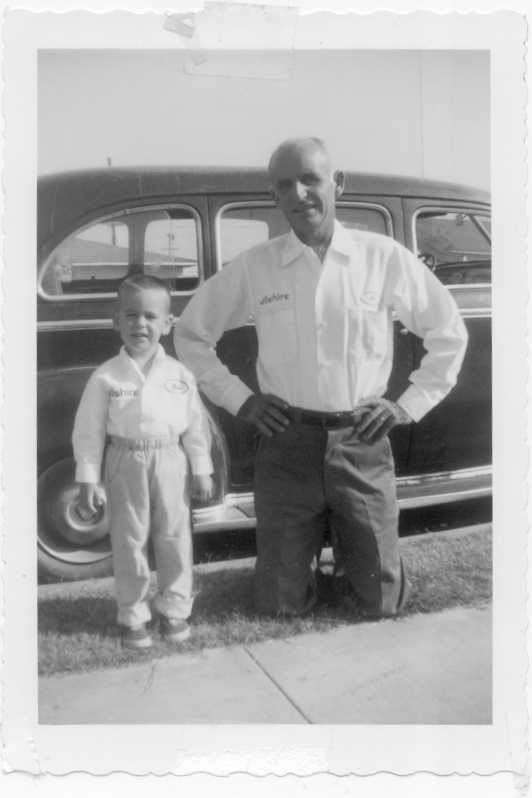Web 2.0 and social networking may not be for everyone! Living in a world of “avatars” and mood status updates is not as important to some people as it is others. One finds this out after they have already taken the time to set up detailed accounts about themselves. Thousands of people have found that closing a Facebook, Myspace, or LinkedIn account isn’t the easiest task. Sure you can turn your account off or deactivate it, but all of your personal information and pretty much everything you have typed in is archived somewhere along the vast information highway. Killing one’s virtual self has been quite a burden, almost equal to the burden of living it. So then, how does one commit virtual suicide?
Now, you can use the Web 2.0 suicide machine to completely scrub your Internet presence. The program will use the log in information you provide and go through all your social networking accounts deleting your existence. “Suicide Machine has assisted more than 1,000 virtual deaths, severing more than 80,500 friendships on Facebook and removing some 276,000 tweets from Twitter”, according to TIME Magazine. Suicide Machine is so popular that thousands of people are waiting their turn for their own “cyberoffing”. “Our server is so busy handling the requests,” says Suicide Machine co-creator Walter Langelaar. Whether for a good or bad, there is no turning back or second chances at life; once you have committed to the deletion it will take nothing short of an act from God to reverse the procedure. When the suicide process is complete you’ll receive a “cybermemorial” on the site. “RIP, 2.0. We’ll miss you”.
Facebook, so far is the only social network in up in arms about this new service and feels that the company is breaking the law “citing violation of users privacy”, which is impossible because the individuals voluntarily submit their information to Suicide Machine; LinkedIn, MySpace and Twitter have not yet publicly made a comment about Suicide Machine. Earlier this month Facebook blocked Suicide Machine from accessing its site. However, that has not slowed down Suicide Machine’s creators, the euthanasia goes on. “Compared to the more than 350 million users [on Facebook], we think deleting a few hundred is not very impressive, but they picked up on it as a potential threat”, says Langelaar.
If people are waiting in line to have their Internet lives deleted for good, then it will be interesting to see if the trend continues. So many people open social networking accounts and never once go back online to use them, so then deletion makes sense in that they would no longer want their information out there.




